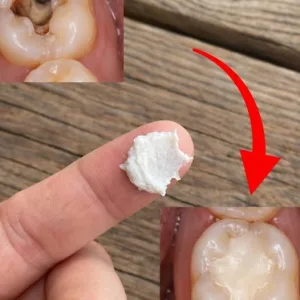When Your Hands and Feet Send a Warning: Don’t Ignore These Symptoms
If your hands or feet often feel flushed, swollen, burning, or tingling—especially without overuse—it might be more than fatigue. These could be early signs of palmar-plantar erythrodysesthesia (PPE), also known as hand-foot syndrome, a skin reaction often linked to chemotherapy.
What Is Hand-Foot Syndrome?
HFS is a side effect of certain cancer treatments like capecitabine, 5-fluorouracil, and docetaxel. Symptoms usually start with tingling or numbness, followed by redness that looks like a sunburn, usually 2–12 days into treatment.
Left untreated, it can worsen into blistering, cracking, and painful ulcers—interfering with walking or daily activities.
Why It Happens
Though not fully understood, it’s believed that chemotherapy drugs collect in sweat glands on palms and soles, triggering inflammation in high-pressure areas of the skin.
Who’s at Risk?
Older adults, women, and those with diabetes or circulation problems may be more vulnerable. HFS tends to appear within weeks of starting treatment.
How to Manage It
Moisturize daily with unscented creams, avoid friction and hot water, and wear loose footwear. Treatments may include steroid creams, pain relief, cold packs, or even pausing chemo. Most improve within 1–5 weeks.
Cracked Heels & Chronic Peeling
Persistent heel cracks and peeling may indicate deeper issues like poor circulation, diabetes, or neuropathy. These signs are more than just cosmetic—they can signal systemic problems.
When to Act
Use thick moisturizers and breathable shoes, but see a doctor if cracks bleed, swell, or show signs of infection.
Final Takeaway
Tingling, burning, or cracking in your hands and feet isn’t just annoying—it could be your body’s early warning system. Don’t ignore the signs. Early action can prevent serious complications and protect your overall health.





